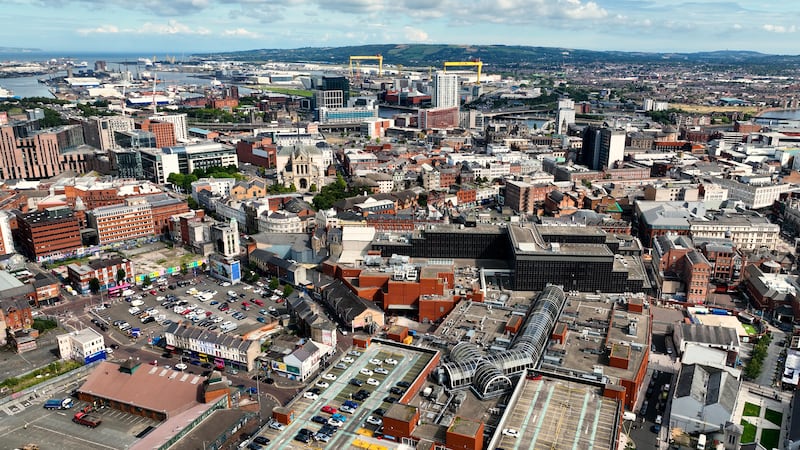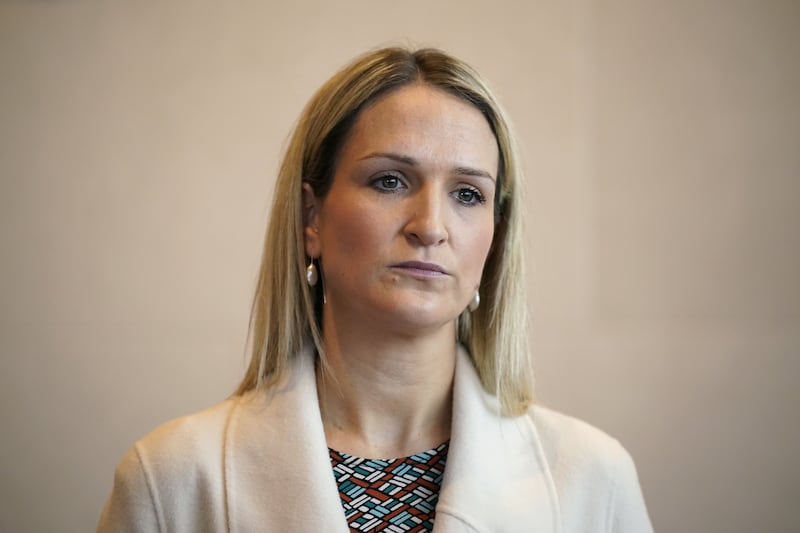INFLATIONARY pressure will leave the average worker in Northern Ireland £2,000 worse off this year, a new report from PwC suggests.
Published as details of the UK Government’s multi-billion pound plans to curb surging energy prices remained sketchy, the business services giant said Northern Ireland will feel the inflation hit more than other regions.
Experimental statistics based on HMRC data show nominal median wages in the north are growing around two percentage points behind the wider UK average rate.
"Therefore, any squeeze on real wages at a UK level is likely to be even sharper in NI," states the report.
PwC found Northern Ireland households also spend a greater proportion of their income on things like heating oil, electricity, food and road fuel, making them more vulnerable to rapid price changes.
The same report anticipates growth within the Northern Ireland economy will average between 2.6 per cent and 3.1 per cent in 2022.
Lower than some other forecasts published earlier this year, it would leave growth in the north’s economy 0.5 percentage points behind the UK average this year.
PwC said the lag is “largely due to its weaker performance in sectors that its economy concentrates on, such as manufacturing, and wholesale and retail”.
While it expects the UK economy as a whole to grow by 3.1 per cent to 3.6 per cent in 2022, PwC said the UK is likely to enter a recession as early as this year.
A recession is typically declared following two consecutive quarters of negative economic growth.
In June, a Danske Bank report anticipated 3.6 per cent growth in the Northern Ireland economy during 2022. The lender also downgraded its 2023 forecast, expecting growth will slow to 1.7 per cent next year.
The official measure of economic growth in here is the Northern Ireland Composite Economic Index (NICEI), normally published three months after the end of a respective quarter.
Produced by the Northern Ireland Research and Statistics Agency (Nisra), and considered the closest measure we have to accurately measuring GDP, the latest available figures showed the index grew by 0.4 per cent in the first quarter of 2022.
Northern Ireland’s long-standing problems with low rates of productivity also featured. PwC found productivity here is 17 percentage points below the UK average.
Dr David Armstrong from PwC Northern Ireland, said: “The economic landscape in NI, and indeed, across the UK, is exceptionally complex right now.
“With so many competing factors, both locally and globally, it is easy to believe that the challenge is too big to overcome. Indeed, with the unquestionable need for short term measures to mitigate cost of living pressures right now, it would be easy to lose sight of the longer term solution to this current crisis.
“However, the only way we will achieve real, sustained improvements in our economy is to improve our regional productivity which, if it were to catch up to the UK-wide sectoral medians, could add £7bn to Northern Ireland’s economy in 2023.”








